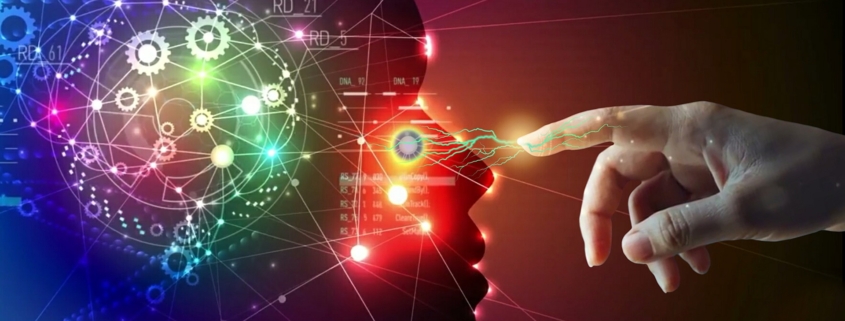The Rise of AI and Blockchain: A Brief History
Unraveling the Origins and Growth Trajectory of AI and Blockchain Technologies
In the digital era, artificial intelligence (AI) and blockchain have emerged as groundbreaking technologies, revolutionizing numerous industries and transforming the way we live and work. This blog post is designed to provide business owners with a concise yet informative overview of the history of AI and blockchain, shedding light on their origins and growth trajectory.
A Brief History of Artificial Intelligence (AI)
The Early Years: AI’s Inception
While the concept of intelligent machines can be traced back to ancient Greek mythology, the modern field of AI was officially born in 1956 during the Dartmouth Conference. Researchers like John McCarthy, Marvin Minsky, and Alan Turing laid the groundwork for AI, envisioning machines capable of learning and problem-solving.
AI Winter: Setbacks and Slowdowns
Despite initial excitement and progress, AI went through a period of stagnation in the 1970s and 1980s, known as the AI Winter. This was largely due to the realization that early AI techniques were not scalable, as well as funding cuts and unmet expectations.
The Resurgence: Machine Learning and Deep Learning
AI began to regain momentum in the 1990s and 2000s, driven by the advent of machine learning and deep learning techniques. These approaches, which involve training models on vast amounts of data to recognize patterns and make predictions, enabled significant breakthroughs in AI capabilities. Key milestones include IBM’s Deep Blue defeating chess world champion Garry Kasparov in 1997 and Google’s DeepMind beating the world Go champion in 2016.
AI Today: Pervasive and Transformative
Today, AI technologies are integrated into countless applications and systems, from virtual assistants like Siri and Alexa to self-driving cars and sophisticated medical diagnostics. With advances in natural language processing, computer vision, and reinforcement learning, AI continues to evolve and expand its reach, shaping industries and economies across the globe.
A Brief History of Blockchain Technology
The Genesis: Satoshi Nakamoto and Bitcoin
Blockchain technology emerged in 2008 with the release of a whitepaper by the pseudonymous Satoshi Nakamoto, who introduced Bitcoin as a digital currency. The underlying technology, blockchain, is a decentralized, tamper-resistant ledger that records transactions in a secure and transparent manner.
Expanding Horizons: Ethereum and Smart Contracts
In 2015, Ethereum was launched by Vitalik Buterin, ushering in a new era for blockchain technology. Ethereum expanded on the concept of blockchain by introducing programmable smart contracts, enabling the development of decentralized applications (dApps) and paving the way for a plethora of new use cases beyond digital currencies.
Blockchain Today: A Diverse Landscape
Since the inception of Bitcoin and Ethereum, the blockchain ecosystem has grown exponentially, with numerous blockchain platforms, cryptocurrencies, and dApps emerging across various industries. Blockchain is now being used for purposes ranging from supply chain management and digital identity to finance, healthcare, and gaming.
The Promising Future of AI and Blockchain Technologies
The rise of AI and blockchain technologies has been marked by innovation, challenges, and resilience. As these technologies continue to mature and intersect, they hold immense potential for transforming the business landscape and driving sustainable growth. Business owners who embrace and adapt to the ever-evolving world of AI and blockchain stand to benefit from increased efficiency, improved decision-making, and enhanced security, paving the way for success in the digital age.
For businesses looking to stay competitive and capitalize on these technologies, it is crucial to remain informed about the latest developments, explore relevant applications, and invest in the necessary skills and infrastructure. By doing so, business owners can ensure they are well-positioned to leverage the power of AI and blockchain, ultimately unlocking new opportunities and driving innovation in their respective industries.
Understanding the origins and growth trajectory of AI and blockchain technologies is key for business owners who want to adapt to the rapidly changing digital landscape. By staying informed and embracing the potential of these technologies, businesses can achieve a competitive edge and thrive.




